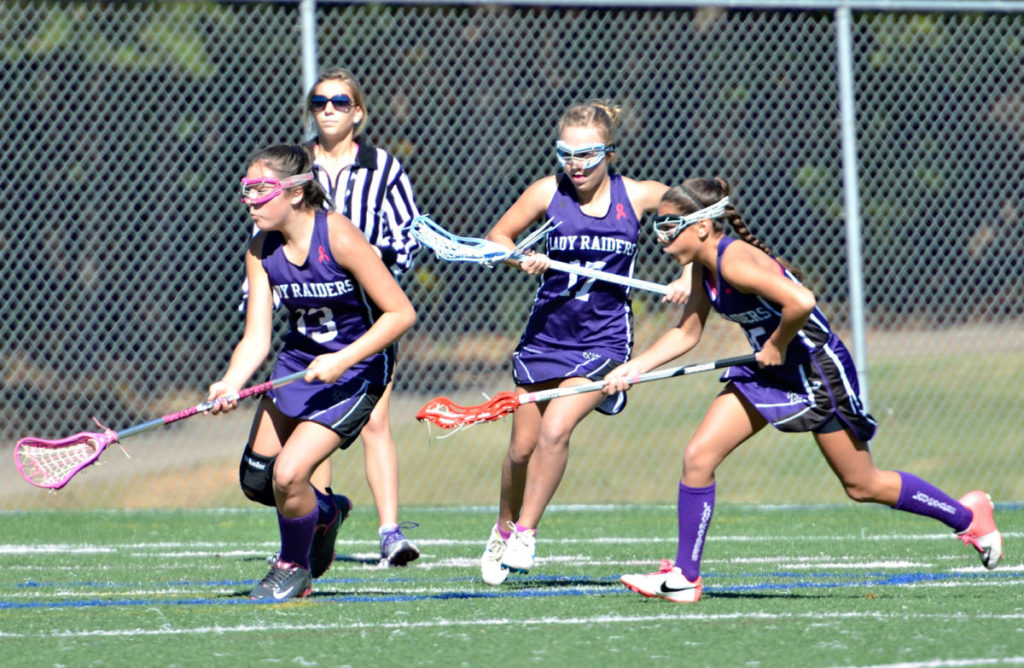Keeping your child safe is your number one priority so when your sports-loving kid was told he or she needed braces, your first thought probably was, is it safe to play sports with braces? While your child’s mouth will need extra protection from blunt trauma when he or she is wearing braces, there are effective ways to keep your child safe without having to give up on sports for a while. So can you play sports with braces? The answer would be a resounding Yes!
Talk to the orthodontist about your concerns. There is no need for your child to give up something he or she loves doing. The orthodontist will simply recommend that your child wear an orthodontic mouthguard to protect the mouth from injury while playing sports. While the mouthguard is absolutely necessary for high impact sports like football, hockey and rugby, it is even recommended for sports like baseball, basketball and soccer.
Even adults wearing braces should protect their mouth while playing sports or being physically active. While contact sports are of the most concern, even noncontact activities like bike riding and playing Frisbee could end with a blunt force to the face. It makes sense to not only want to stay safe, but also to protect your investment in orthodontic work.
How does an orthodontic mouthguard work?
Unlike sports mouthguards which are made of hard plastic which could still cause damage to your teeth during impact, an orthodontic mouthguard is made from silicone which is more comfortable to wear. Not only does the orthodontic mouthguard prevent your lips from bumping up against your teeth, it also protects the brackets of your braces. These mouthguards are designed to be larger than the traditional sports mouthguard in order to have more space for the braces and protect not only your braces, but your teeth, gums and jaw. Don’t try to use your old mouthguard in place of this orthodontic one. Most likely it won’t fit, but even if it does, it can cause serious damage if you get hit in your mouth while wearing it. Why risk delaying your treatment or worse irreversible damage to your teeth and mouth?
You can get an orthodontic mouthguard at any sporting goods store or order it directly from your orthodontist. There are a variety of types to choose from so you will have no problem finding one that meets your budget and needs. In cases like these though, remember that cheaper isn’t always better. While you can get an over the counter version of a boil and bite mouthguard, as your teeth shift during treatment, it won’t fit as well which means it won’t be as effective in protecting your teeth. The benefit of choosing to get it from your orthodontist is that she will make an impression of your mouth that will be used to make the mouthguard. This way it will fit your mouth perfectly.
Keep coaches in the loop
Besides talking to your orthodontist about the need for an orthodontic mouthguard, also keep your coaches in the loop of communication. Let him know you are getting braces and ask if you need a mouthguard for just the upper arch of the mouth or the lower arch as well. It varies from sport to sport so make sure you are clear on what you need. If you play multiple sports, make sure you check with each of your coaches. You may need slightly different protection for each sport.
Also keep in mind that while a mouthguard is not required for all sports, a hit to the face or a fall to the ground can happen in any sports, so it is a good idea to wear the mouthguard even if it is not an official requirement of the sports league.
How to Care For Your Mouthguard
Cleaning your mouthguard is similar to if you have a retainer or Invisalign aligners. It is important that you clean it every day because bacteria and fungi can grow on it if not cared for properly. Most orthodontic mouthguards can be cleaned with toothpaste or rinsed with an anti-microbial solution. Get in the habit of cleaning them before and after you wear them to keep them the freshest and always keep them in their case while you are not wearing them.
If your mouthguard starts to get cracks from overuse or gets damaged by impact, you will need to replace it right away. Always keep your orthodontist abreast of what is going on.
What to do if injured while wearing braces?
If you hurt your mouth while playing sports and are wearing braces at the time, don’t take a wait and see approach to treatment. Call your orthodontist’s office right away and describe what happened. She will then let you know if an emergency appointment is necessary. Common injuries include broken brackets, bleeding gums and fractured or dislodged teeth. Remember that any trauma to the mouth that is left untreated can lead to complications in your treatment and overall dental health.
Besides correcting the damage done to your mouth and braces, the orthodontist will also inspect the mouthguard to make sure it is still in good shape after the impact.
If it is a really serious injury, go right to the emergency room. They will have an on-call dentist who can help triage the situation and then you can see your orthodontist later for follow-up care.
Why staying in sports is so important?
Today, we know how important it is to engage in physical activity. Our overall health depends on it, so while it might just seem safer to avoid sports altogether while wearing braces, it is actually healthier to keep playing. Sports not only give us the exercise we need, but it also fulfills our need for social comradery and mental stimulation as well. Just make sure to wear an orthodontic mouthguard while playing to protect your teeth and gums and you will be able to continue to have fun doing what you love.



